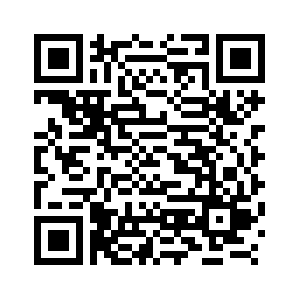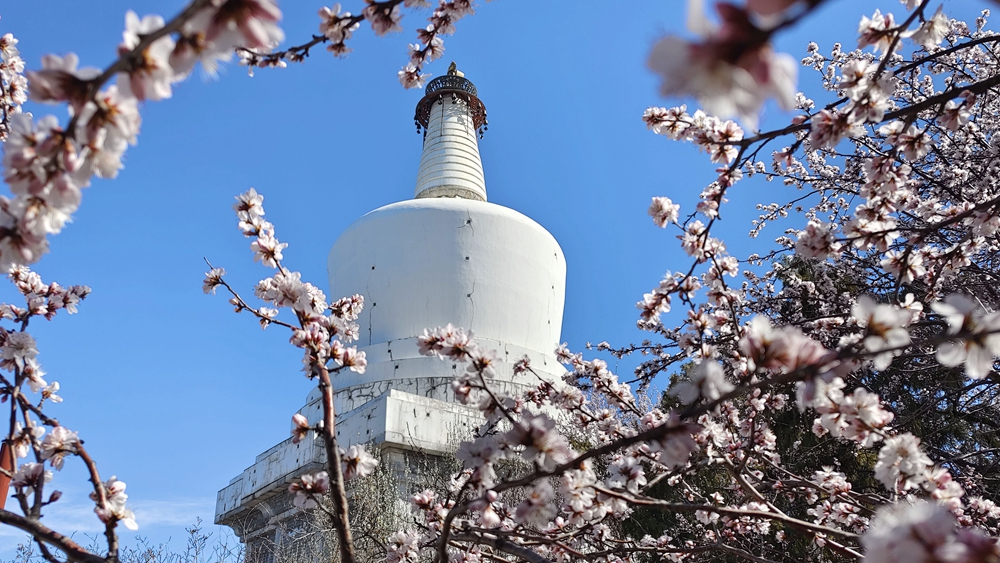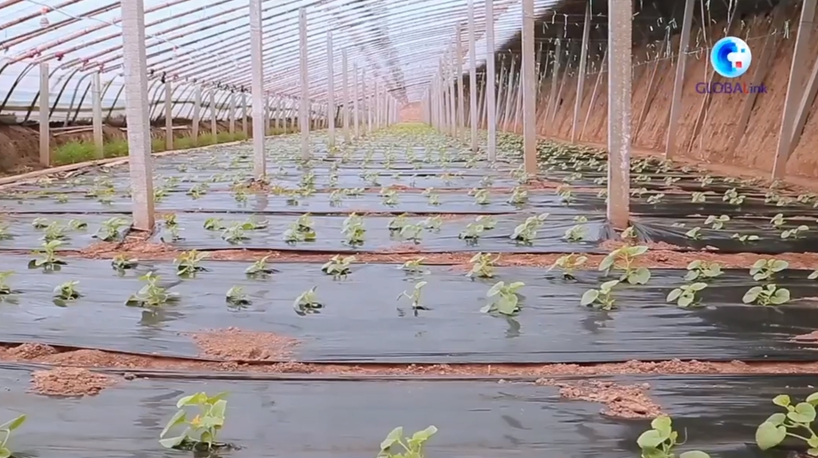
People enter a COVID-19 testing site in Sydney, Australia, March 16, 2022. (Photo by Hu Jingchen/Xinhua)
An expert said the Omicron sub-variant, coupled with a host of other infectious diseases, has the potential to put states' hospital systems under pressure as Australia heads into winter.
SYDNEY, March 19 (Xinhua) -- As Australia adapts to living with the COVID-19 pandemic and opens its borders, the Omicron sub-variant BA.2 has begun to trouble authorities as the most transmissible variant of the pandemic.
Professor Robert Booy, infectious diseases paediatrician from the University of Sydney told Xinhua on Wednesday that early studies show the new sub-variant is "at least 30 to 40 percent more transmissible" than the original Omicron strain.
"It's proving to be the case because it's supplanting in many countries BA.1, the original Omicron variant, which itself was highly transmissible," said Booy.
In recent weeks health authorities in New South Wales (NSW), Australia's most populous state, have flagged the variant as "very concerning" and have expected it to overtake the original Omicron strain as the dominant strain and for daily cases to more than double in the next six weeks.
Since the beginning of March, daily cases in NSW have climbed from under 10,000 to more than 15,000, representing a slow but steady increase.
On Thursday, NSW recorded 20,087 new positive cases.
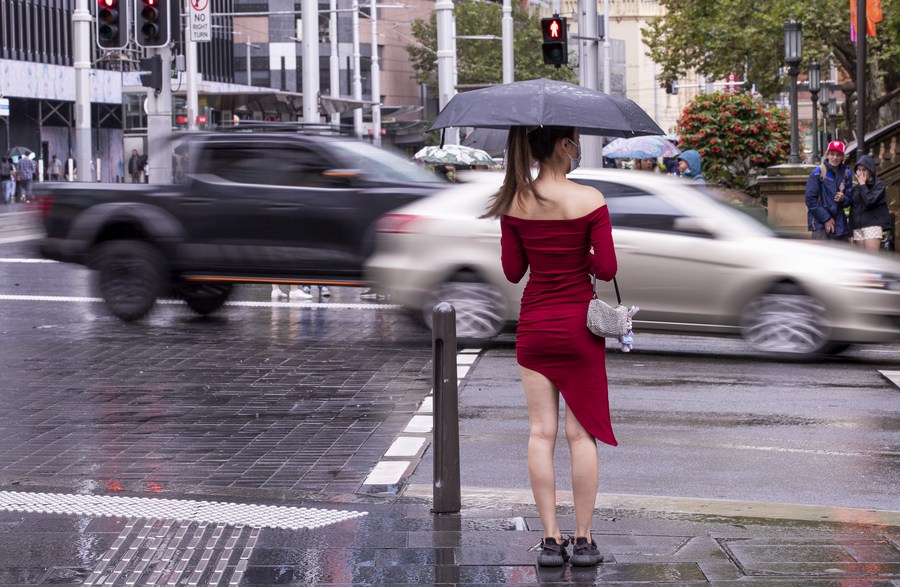
A woman wearing a face mask waits to cross a street in Sydney, Australia, on Feb. 25, 2022. (Xinhua/Bai Xuefei)
Health authorities in the state of Victoria have also seen an upward trend in daily infections, with 9,752 new cases recorded on Thursday. They said the new sub-variant BA.2 had been found in half of all wastewater tests in the state, suggesting it's quickly becoming the dominant COVID-19 strain in the state.
While there is now strong evidence that the BA.2 sub-variant is the most transmissible strain yet, the scientific jury remains out on whether it may be more severe.
Among the experts whom Xinhua spoke to, some said there are early reports that BA.2 could be more severe while others said it could be less, but they all agreed that more data collection and research would be needed to find a conclusive answer.
They also suggested that before a better understanding of the whole picture was made, people should continue to stick to some necessary protective measures, especially given that southern hemisphere countries including Australia are entering colder months.
"Although we don't have any indication that the BA.2 is more severe than BA.1, the more people that get it, the more chance we're going to have severe cases," Nancy Baxter, head of the University of Melbourne's School of Population and Global Health, told Xinhua.
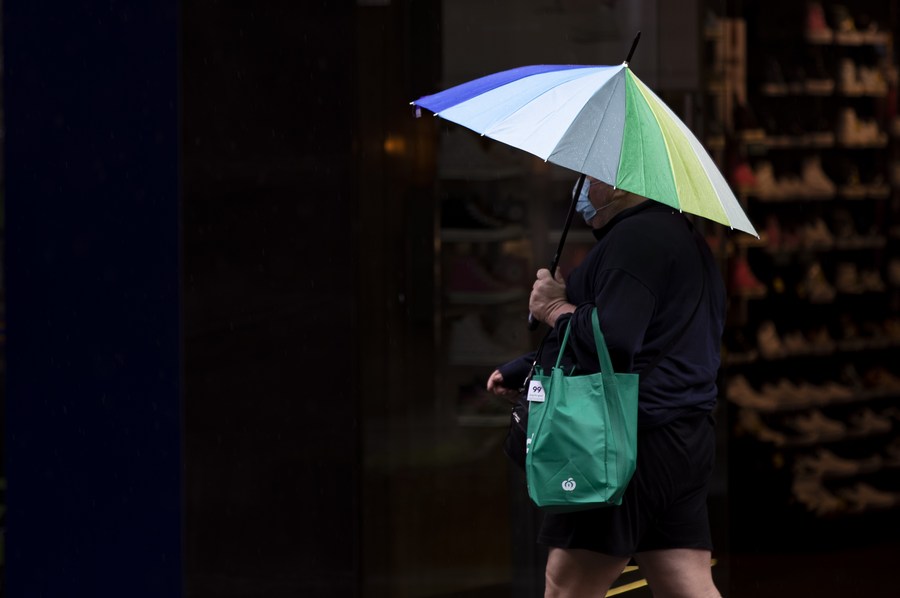
A pedestrian wearing a face mask walks on a street in Sydney, Australia, on Feb. 25, 2022. (Xinhua/Bai Xuefei)
Late last month the NSW government scrapped its mask mandate for most indoor spaces including shops, offices and hospitality venues. The topic of mask mandates has sparked heated debates across the Australian society.
"I know that masks are unpopular amongst our politicians, and I can understand that. It's kind of a constant reminder of the pandemic," said Baxter.
"But masks are effective against any variant. They're not variant specific. So indoors, encouraging mask wearing is very important, and the highest quality mask that's available; so N95, P2 masks are definitely what I'd recommend."
Booy said that as Australia heads into winter, the new variant, coupled with a host of other infectious diseases, has the potential to put states' hospital systems under pressure.
"As winter approaches, there's a real concern that another variant will arise as well," he said.
"(The) uplifting of travel restrictions, winter viruses will spread around the world from the north to the south, RSV (respiratory syncytial virus), influenza and other respiratory viruses will spread and become a problem."
Baxter said despite the fact that Australia's winters were mild when compared to countries in the northern hemisphere, behavioural changes in winter could have a major impact.
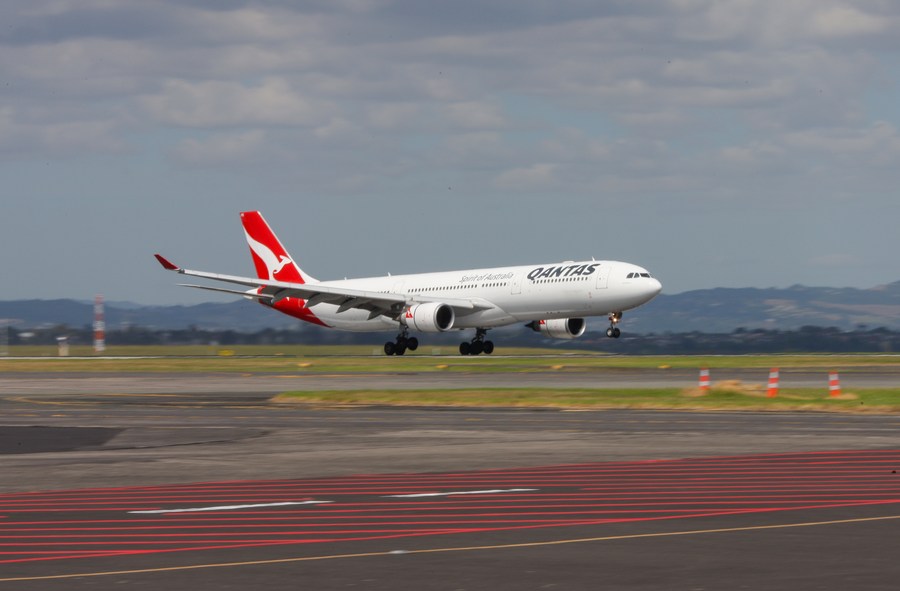
A flight from Sydney, Australia touches down at Auckland International airport, New Zealand on Feb. 28, 2022. (Photo by Zhao Gang/Xinhua)
"There's a number of things converging to result in us probably having another significant wave of Omicron."
She said that it would be very important to maintain the quality of the air in indoor spaces and continue mask wearing as people spend more time in enclosed spaces.
The experts agreed that the way forward would be continuing to push the community to take booster shots. Australia's booster uptake has lagged with just under 50 percent of its eligible population having received the booster.
In NSW, the worst-hit state in the pandemic, health authorities data showed more than 330,000 people aged over 60, and more than 836,000 people under 30s are yet to receive the booster jab, said report of local newspaper Sydney Morning Herald.
The Australian Technical Advisory Group on Immunisation (ATAGI), the country's peak advisory group on immunisation, is currently weighing offering up a fourth shot, or second booster, and has already begun issuing them to severely immunocompromised individuals.
Adrian Esterman, chair of Biostatistics and Epidemiology in the University of South Australia, told Xinhua on Wednesday as case numbers rise, it would be an important extra barrier for those with waning immunity.
"Importantly, it is the elderly and those with underlying health conditions who now have little protection against infection from Omicron after their third dose. These should be a priority for a fourth dose." ■
